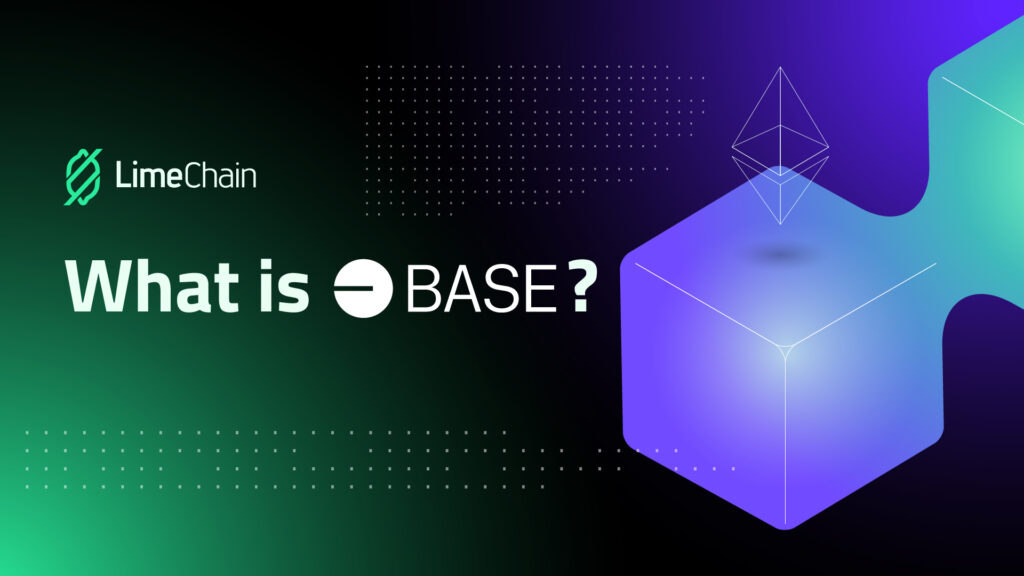

In the past couple of years we’ve witnessed the meteoric rise of rollup technology in the Web3 world. Once regarded as one of multiple possible scaling solutions for Ethereum, today rollups are largely seen as the best bet for boosting Ethereum’s transaction throughput and lowering gas fees. With interest in the technology on the rise, rollups have been making great strides forward and are gaining significant traction with users. Today we’re already seeing a number of great products in that category, including Aritrum, Optimism, zkSync and Scroll.
A great example of the growing prominence of rollups is the fact that some of the biggest traditional players in the Web3 space have been taking notice. One such name is Coinbase, the largest US crypto exchange. Coinbase recently entered the space, launching a rollup platform called Base. Despite being somewhat late to the party, Base is already attracting a lot of interest from users and developers alike.
What is Base and how does it work?
As we’ve discussed on these pages, rollups are scaling solutions that execute transactions on a Layer 2 network and then submit the results in a compressed state to Layer 1 Ethereum. This method allows transaction data to be posted to Ethereum much more cost efficiently because you can submit an entire batch of data to Ethereum via a single transaction.
Base is what is known as an optimistic rollup, which assumes by default that the data is valid and submits it to mainnet Ethereum without validating that assumption. This is in stark contrast to the zk rollups, which generate a ‘validity proof’ for the transaction data they process and submit that to the mainnet. This allows optimistic rollups to process transactions faster than their zk counterparts as they do not have to compute validity proofs, which can be a fairly time-consuming process. However, they still need to have safeguards against dishonest behavor. That’s why optimistic rollup have a grace period – usually one week – during which anyone can check the submitted data and generate a fraud proof if they find invalid transactions.
Notable features
Base is built using the Bedrock release of OP Stack, the development stack that powers one of the pioneers in the rollup space – Optimism. Bedrock is designed to be as close as Ethereum as possible. There are still some minor differences, though, including some differences when it comes to opcodes, blocks, network specifications and fees.
Being powered by OP Stack, Base comes with an EVM implementation, meaning that it can execute smart contracts. On top of that, it supports some of the most popular tools for smart contract development and deployment, including Hardhat and Remix.
In addition, Base also comes with numerous other dev tools, including node providers like Ankr, Blast and Blockdaemon, popular block explorers (Etherscan, Blockscout and others), as well as various oracles, data indexers and network faucets. The platform also supports a number of fiat-to-crypto onramps, including Coinbase Pay and Onramp.
Last but not least, the platform has considerable cross-chain capabilities. For starters, it runs its own bridge, the Base Bridge, to connect to mainnet Ethereum and testnet Goerli. On top of that, Base leverages multiple cross-chain protocols, such as LayerZero and Wormhole.
Already gaining traction
With a slew of impressive features and backing from one of the biggest centralized exchanges in the world, Base have been able to quickly gain traction with Web3 users and developer alike. With total value locked of $539 million according to L2Beat, it is already the third-largest rollup in terms of TVL, behind only Arbitrum One ($5.67 billion) and Optimism ($2.63 billion). Meanwhile, the Base dApp ecosystem is growing rapidly, already boasting nearly 200 dApps. Major Web3 protocols such as Aave, Balancer, SushiSwap and Chainlink have already released integrations for Base.
Conclusion
Base’s rapid growth and rise in popularity is another encouraging sign of the growing prominence of rollups within the Ethereum ecosystem. It also serves as a proof of concept of sorts for the ‘superchain’ approach championed by the likes of Optimism and Polygon, which has its own take on the concept with its Supernets program. If the success of Base is any indication, multi-chain rollup networks may be the future of Web3 on Ethereum.